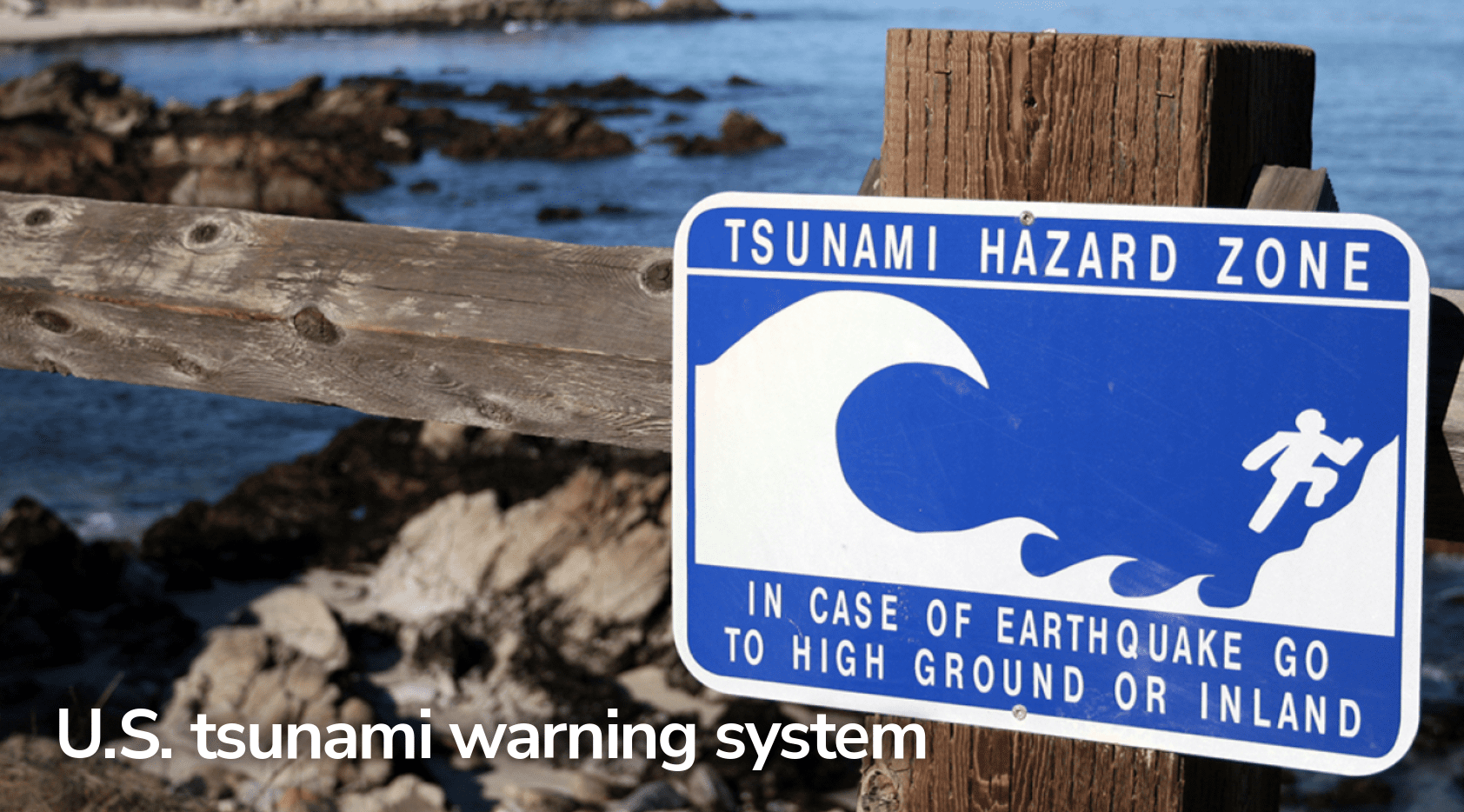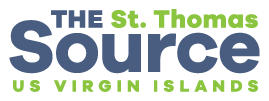
A powerful earthquake struck north of Honduras on Saturday evening, briefly prompting a Tsunami Advisory for areas including the Virgin Islands and Puerto Rico, according to the U.S. Tsunami Warning System, part of the National Oceanic and Atmospheric Administration (NOAA) and the National Weather Service (NWS).
“An earthquake with a preliminary magnitude of 7.6 occurred north of Honduras at 7:23 pm AST on Saturday, Feb. 8, 2025,” according to an update on Saturday evening from NOAA/NWS.
Based on the initial information after the earthquake, a tsunami advisory was issued for areas across the Virgin Islands and Puerto Rico, in expectation of the possibility of powerful waves generated by the temblor. However, the advisory was canceled for the Virgin Islands and Puerto Rico shortly thereafter.
“A Tsunami Advisory is issued when a tsunami with the potential to generate strong currents or waves dangerous to those in or very near the water is imminent, expected, or occurring,” according to the U.S. Tsunami Warning System website. “The threat may continue for several hours after initial arrival, but significant inundation is not expected for areas under an advisory,” the website said. (During a Tsunami Advisory, NOAA advises individuals to “stay out of the water, and away from beaches and waterways.”)
Earthquake and Tsunami Information

A previous Source article shared information about the threats to both U.S. territories caused by earthquakes and tsunamis, noting that the islands are positioned in an active seismic zone:
“During an earthquake, it is critical for people to ‘Drop, Cover, and Hold On’ to protect themselves,” said Elizabeth Vanacore, PhD, a seismologist and a researcher at the Puerto Rico Seismic Network (PRSN).
“If you are driving your car [during a] small [seismic] event, you might not perceive the earthquake,” she explained. “However, if there is a larger event, recommended actions become situational. For instance, if you are in a safe area without electric poles or trees, then you should come to a stop, pull the handbrake, and protect your head with your arms,” Vanacore cautioned.
Vanacore encouraged the public to get involved in drills and exercises that are intended to familiarize residents and visitors across the region to be ready in the event of an earthquake or a tsunami.
“Understanding the hazards due to earthquakes and tsunamis in the region is constantly improving thanks to efforts of scientists and emergency managers both in the USVI and Puerto Rico,” Vanacore declared. “Relationships across the islands are critical to our continued resilience, [and] while earthquakes and tsunamis cannot be predicted, we can all prepare for them,” she noted.
“[Preparing for quakes] includes participating in activities like [the Great] ShakeOut and Caribe Wave, as well as taking ownership of your own preparedness at home. The PRSN and the Virgin Islands Territorial Emergency Management Agency (VITEMA) have information available to learn about earthquakes and tsunamis, and most importantly, how to prepare for them,” she recommended.
Weather information is also updated regularly on the Source Weather Page, the Source YouTube Channel, and on the official website of the National Weather Service in San Juan, Puerto Rico. USVI residents and visitors can also sign up for emergency alerts, including earthquake notifications, from VITEMA.





